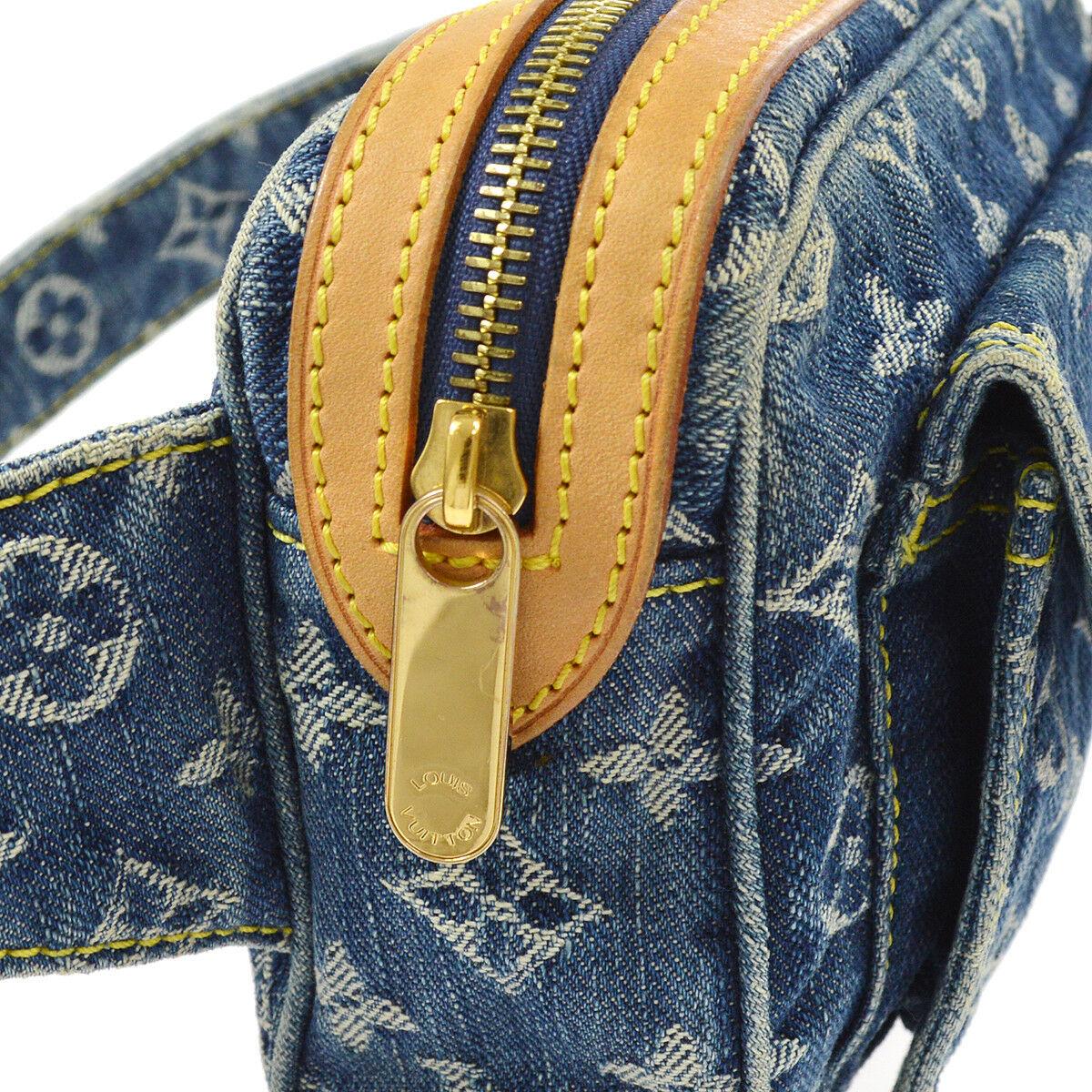


“This changes everything.”ĭior’s collection definitively declared that opulence, luxury and femininity were in. “God help those who bought before they saw Dior,” said Snow. “It’s quite a revolution, dear Christian!” exclaimed Carmel Snow, the prescient American editor-in-chief of Harper’s Bazaar, famously proclaiming, “Your dresses have such a new look.” The press ran with the description, christening Dior’s debut Spring/Summer haute couture collection the New Look. They needed to dream anew.Īnd Dior delivered: He designed a collection for a bright, optimistic future. Just two years after the end of World War II, the fashion crowd and the moribund haute couture industry were yearning, comme tout Paris, for security and prosperity, desperate to discard the drab, sexless, utilitarian garb imposed by wartime deprivation. Just five years later, with the backing of industrialist Marcel Boussac, the ascendant Dior established his own fashion house, at 30 avenue Montaigne in Paris. After seven years as an art dealer, Dior retrained as a fashion illustrator, eventually landing a job as a fashion designer for Robert Piguet, and in 1941, following a year of military service, he joined the house of Lucien Lelong. This was the start of Dior’s rise in the city’s creative milieu, where he befriended Pablo Picasso and Jean Cocteau. However, they agreed to bankroll an art gallery, which Dior opened in 1928 in Paris with a friend. His prosperous haute bourgeois parents wanted him to become a diplomat despite his interest in art and architecture. When Christian Dior launched his couture house, in 1946, he wanted nothing less than to make “an elegant woman more beautiful and a beautiful woman more elegant.” He succeeded, and in doing so the visionary designer altered the landscape of 20th century fashion.ĭior was born in Granville, on the Normandy coast, in 1905.


 0 kommentar(er)
0 kommentar(er)
